Roger Highfield, Science Director, reports on the findings of a study of handedness in museum visitors, published today by an international team.
Discover more about Live Science and other research projects held at the Museum. Live Science is an ongoing project where scientists come into the Science Museum to carry out research using our visitors as volunteers.
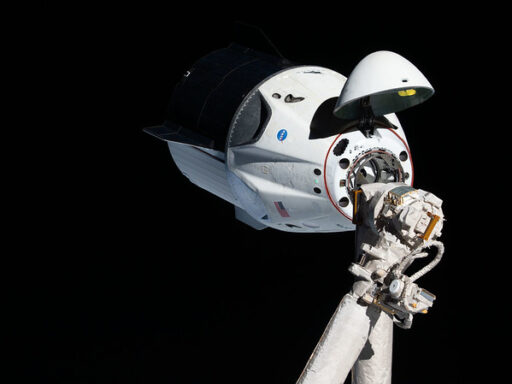
The Astronomer Royal, Lord Martin Rees, gives his verdict on the long-term future of space exploration.

To mark Clean Air Day in June, the UK’s largest campaign on air pollution, Dr Julia Knights, Deputy Director of the Science Museum spoke to Andrew Grieve, Senior Air Quality Analyst at Imperial College, London, to find out more about how the Breathe London initiative is helping to provide free real time information on air quality in the capital.
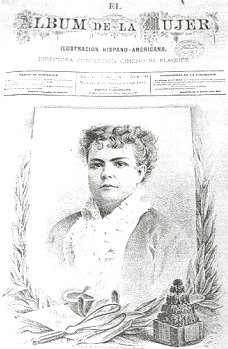
A lifelong advocator of women’s educational rights and women’s and children’s health, today on what would be her 165th birthday, we celebrate the life and work of Mexico’s first female physician, Dr. Matilde Montoya.
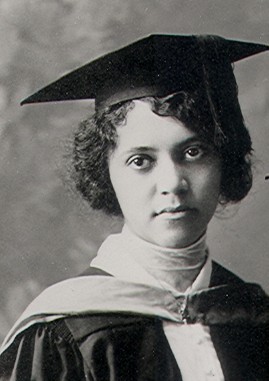
To celebrate Alice Ball Day, Assistant Digital Content Producer Rebekah Chitson explores the life of this scientist, who contributed greatly towards creating a treatment for Hansen’s disease (also known as leprosy) during the 1900s.
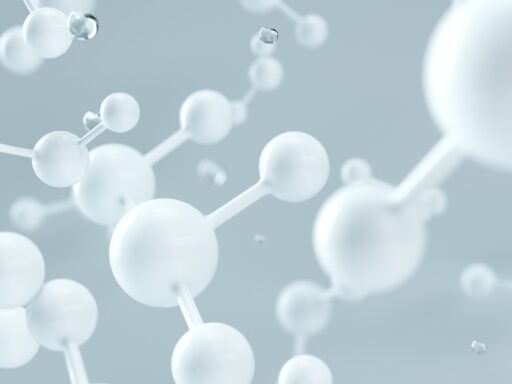
A toolkit to reengineer life has been assembled by scientists in Cambridge, marking a new era of synthetic biology, reports Science Director Roger Highfield

Roger Highfield, Science Director, gazes into his scientific crystal ball.
Research Fellow Emily Rees Koerner and Brigitte Stenhouse, Lecturer in History of Mathematics at The Open University, celebrate the ‘Queen of Science’ and her enthusiasm for maths and science.
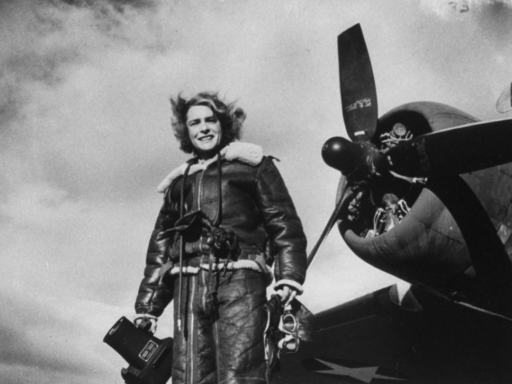
Collaborative Doctoral Partnership student Anaïs Walsdorf explores the life and work of Margaret Bourke-White, a pioneering photographer whose work offered social and political commentary while advocating for human rights across the world.
To mark World Cancer Day (4 February), Roger Highfield, Science Director, asks the advisors to the world’s first major cancer exhibition for their views of the past and hopes for the future of the field.
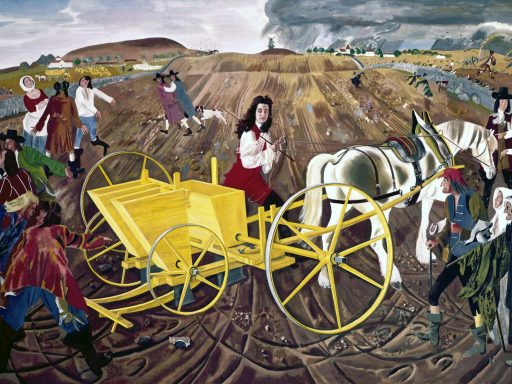
A milestone international survey of public attitudes conducted for the museum reveals concern about food waste but widespread lack of understanding about the link between food production and climate change. Roger Highfield, Science Director, reports.
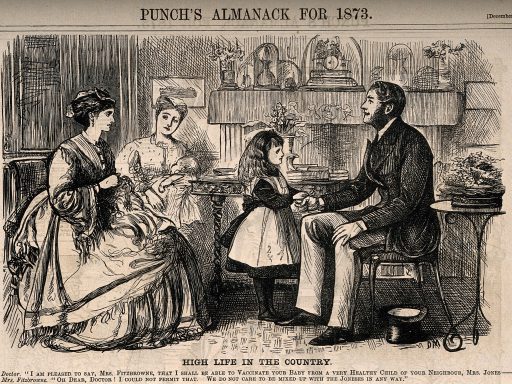
Vaccines have met with suspicion and hostility for as long as they have existed. In this blog post, Sir Ian Blatchford reflects on how the tone of debate between scientists and vaccine opponents has been remarkably unchanged since Victorian times.